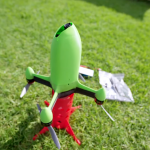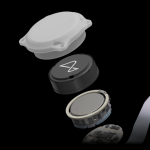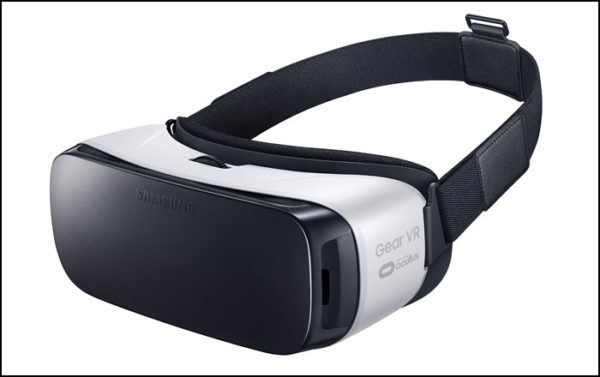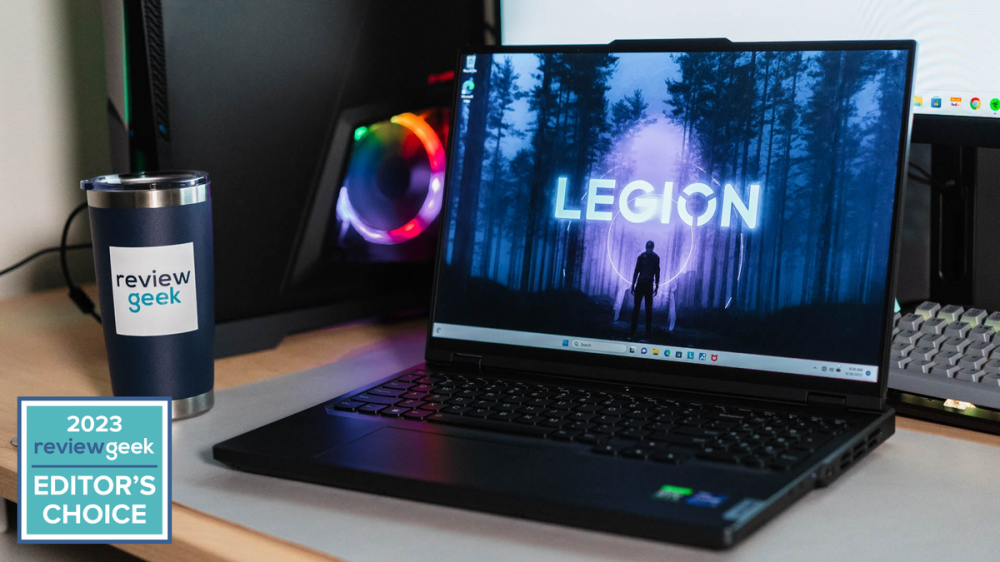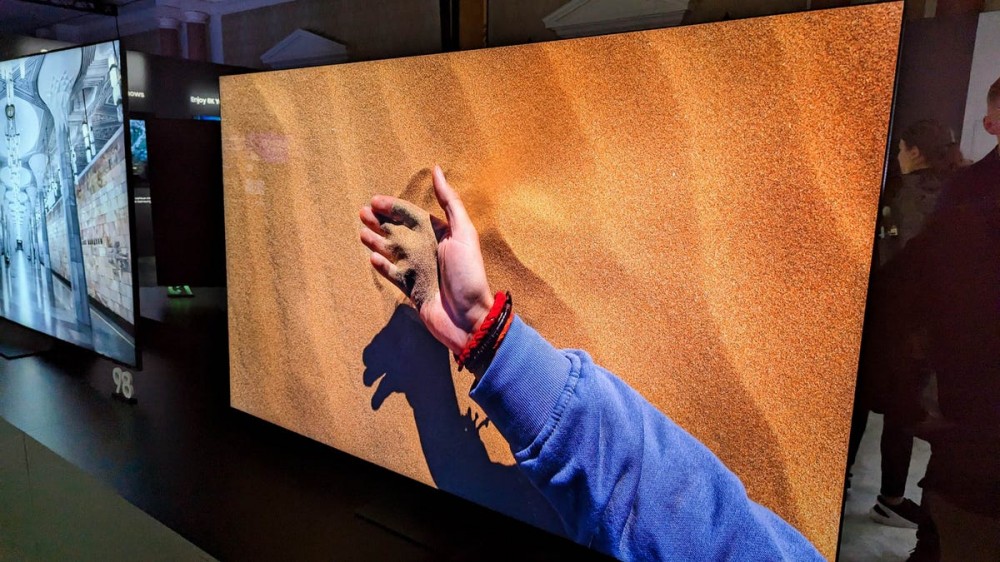It’s hard to imagine a more difficult buying decision than one in a new product category like virtual reality, especially when innovation seems to be happening in the blink of an eye. We’ll witness many changes in VR platforms in the coming years, including significant enhancements to the VR ecosystem, like eye tracking inside HMDs, peripherals, and controllers that add more realism to games, hand and gesture tracking, and various forms of precision body tracking.
These are the early days of VR, and you’d be excused for sitting on the sidelines for a while. For one thing, the cost of entry is nothing to sneeze at. On top of the already steep cost for your HMD, you’ll need a powerful gaming PC just to get started. For the Oculus Rift and the HTC Vive, you’ll need a GTX 970 or R9 290 or better on the GPU side of things. The current generation of mid-range GPUs, AMD’s RX 480 and Nvidia’s GTX 1060, should provide an enjoyable experience, which brings the cost of a VR-ready system down a little bit, but you still need a powerful CPU. If you don’t have a modern Intel Core i5 or i7, or one of AMD’s top Phenom chips or one of the new Ryzen 5 or Ryzen 7 CPUs, you’ll be due for an upgrade to achieve enjoyable performance in VR.
Still, the first generation of virtual reality hardware already delivers an incredibly compelling and indescribable experience. You’re a little late to be an early adopter as we’re deep into year two of consumer VR, but the next wave of gaming and computing experiences is happening now and today’s options are definitely worth considering.









